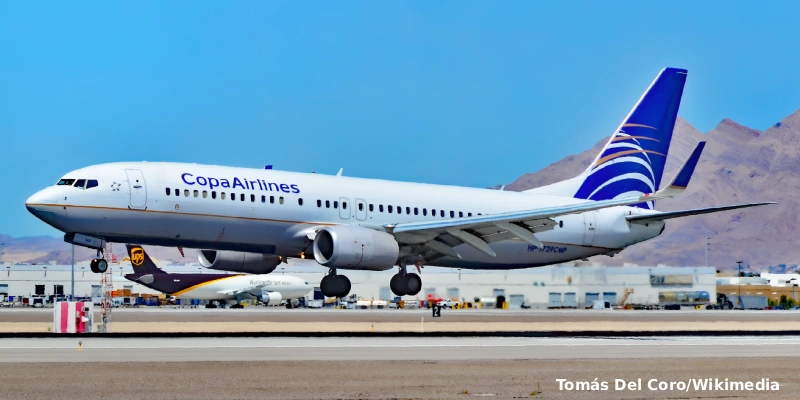Air India is facing one of the largest reputational and operational crises in its recent history. The Directorate General of Civil Aviation (DGCA), India’s aviation regulatory body, issued formal warnings to the airline for “systemic failures” in crew fatigue management and deficiencies in training programs, according to official documents obtained by Reuters.
These failures, notified on July 23 to senior company executives, could result in penalties ranging from fines to the removal of key executives. The situation gains even greater gravity as it follows the fatal crash of a Boeing 787 Dreamliner in Ahmedabad, which claimed 260 lives, making it the world’s deadliest aviation disaster in the past decade.
Self-Reporting, But With Consequences
Air India voluntarily reported the incidents to the DGCA last month, acknowledging that they occurred in 2023 and 2024. However, this did not prevent the regulator from taking a firm stance on the violations. In total, the notices cite 29 infractions, including:
- Failure to comply with mandatory rest periods for pilots.
- Simulator training conducted outside the permitted timeframe.
- Lack of specialized training for high-altitude airports like Kathmandu.
- International flights operated with insufficient cabin crew.
One of the notifications warned that “systemic issues related to compliance monitoring, crew scheduling, and training governance remain unresolved, despite previous warnings and actions.” The DGCA further stated that “the recurrence of these violations suggests a failure to establish and enforce effective control mechanisms.”
→ Air India Seeks $200 Million Loan to Purchase Boeing 777 Aircraft
Cases That Raised Alarms
Among the specific findings, it was detailed that two pilots violated weekly rest regulations in June 2024, with a similar case occurring in June 2025. Additionally, two pilots completed simulator training last year but did not begin flying within the stipulated period, requiring them to undergo full retraining.
In April of this year, a pilot operated a flight from Kathmandu without the required specialized training. This airport is particularly challenging due to its high altitude and “tabletop” runway, with steep drops at both ends. According to Vibhuti Singh, a former legal expert at India’s Aircraft Accident Investigation Bureau, this omission poses a significant risk: “In an emergency, pilots won’t have time to consult the manual.”
Furthermore, four international flights in April and May departed with fewer than the 15 cabin crew members mandated by regulations. The safety equipment failures were described as “repeated and severe.”
Europe Also Sets Its Sights on Air India Express
The scrutiny is not limited to the Indian government. The European Union Aviation Safety Agency (EASA) announced this month that it will launch an investigation into Air India Express, the airline’s low-cost subsidiary, after it was revealed that engine parts for an Airbus A320 were not replaced on time.
This comes on the heels of a May report disclosing that three Airbus aircraft from Air India’s main fleet continued to fly despite overdue inspections of emergency equipment.
A New Hurdle for Tata Group’s Plans
These warnings and the tragic accident have intensified the challenges for Indian conglomerate Tata, which took control of Air India in 2022 with the promise of transforming it into a world-class airline. Now, it faces a scenario where regulators are questioning the company’s safety culture and compliance with basic regulations.
“Air India is taking too many things for granted,” warned a senior government official with direct knowledge of the case. “We’ve already given them multiple warnings,” they added.
In the last six months alone, the airline has received nine warning notices. The Indian Parliament was informed this week that in 2024, authorities issued 23 warnings or penalties for safety violations—11 of which involved Air India group companies.
The scale of the violations documented by the DGCA, coupled with mounting internal and external pressure, places Air India at a critical crossroads. Its promise to become a global benchmark for aviation excellence is now in doubt, and the immediate priority must be to restore safety standards and transparency. The coming weeks will be decisive in determining whether Tata can correct the course or if penalties will mark a turning point in the history of the Indian aviation giant.
Related Topics
LATAM Inaugurates Direct Flight Between Recife and Buenos Aires
LATAM to Cancel Lima-Tucuman Route Starting March 2026: These Are Reasons
Copa Airlines Resumes Flights Between Panama City and Maracaibo Starting December 20
Copa Airlines Extends Suspension of Flights to and from Caracas (Venezuela) Until January

Plataforma Informativa de Aviación Comercial con 13 años de trayectoria.




